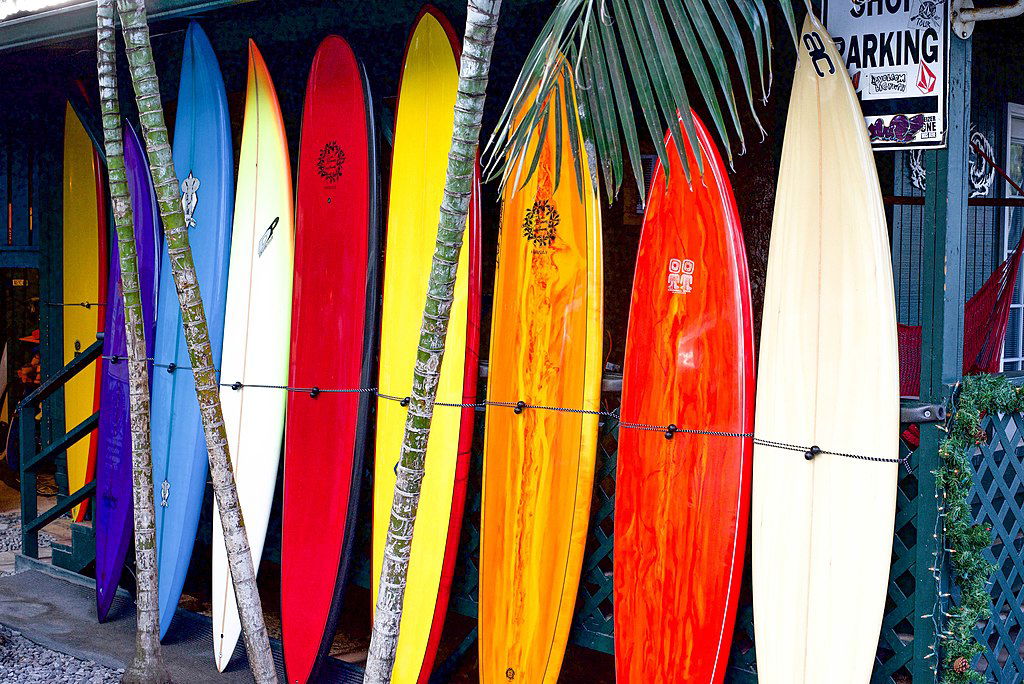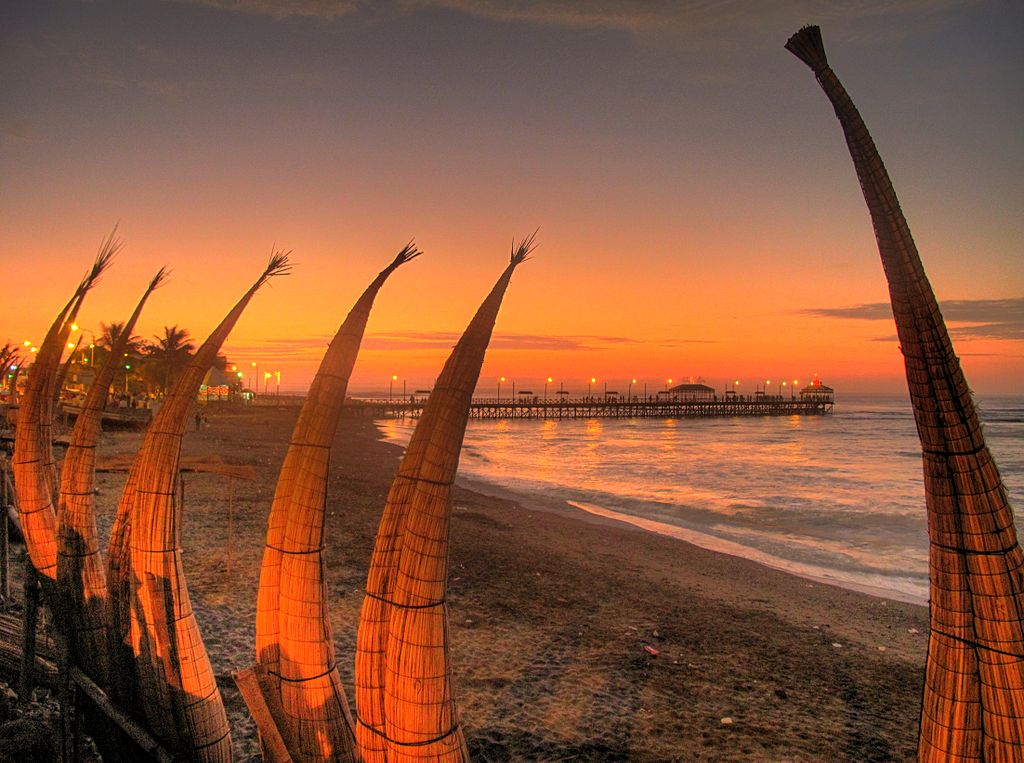SURFING

WHAT IS SURFING?
Surfing is the sport of riding waves in an upright or prone position. Surfers catch the ocean, river, or man-made waves and glide across the surface of the water until the wave breaks and loses its energy. Wherever waves break, surfers will ride them. The concept is simple—a breaking wave, a board and a brave athlete are all that is needed for the sport. Early European explorers and travelers praised the skills of Hawaiian surfers, but 19th-century missionaries assigned to the islands disapproved of the “constant intermingling, without any restraint, of persons of both sexes” and banned the pastime. Surfing was practiced only sporadically in Hawaii by the end of the 19th century. The riding of waves has likely existed since humans began swimming in the ocean. In this sense, bodysurfing is the oldest type of wave-catching. Archaeological evidence suggests that ancient cultures of Peru surfed on reed watercraft for fishing and recreation up to five thousand years ago. Standing up on what is now called a surfboard is a relatively recent innovation developed by the Polynesians. The influences for modern surfing can be directly traced to the surfers of pre-contact Hawaii.

THE HISTORY AND ORIGINS OF SURFING
Surfing is an amazing sport with an impressive history. The exact origins of surfing are not certain, but it was first observed by Europeans on a ship in Tahiti back in 1767. Surfing’s roots lie in premodern Hawaii and Polynesia, where the sport was practiced by both men and women from all social strata from royalty to commoners. In the early 20th century, however, concomitant with the development of Hawaii as a tourist destination, surfing underwent a revival, and the sport quickly spread to California and Australia. Early board design impeded the development of surfing. The typical surfboard ridden by Kahanamoku’s generation was solid wood, was 8–10 feet (2–3 meters) long, 24 inches (61 cm) wide, and 3 inches (8 cm) thick, and weighed 100 pounds (45 kg). Rudimentary designs and a lack of fins made the boards extremely difficult to maneuver. Most surfers simply pointed their craft shoreward and made no attempt at steering. Surfing was a central part of ancient Polynesian culture and predates European contact. The chief (Ali'i) was traditionally the most skilled wave rider in the community with the best board made from the best wood. The ruling class had the best beaches and the best boards, and the commoners were not allowed on the same beaches, but they could gain prestige by their ability to ride the surf on their boards. 먹튀검증
